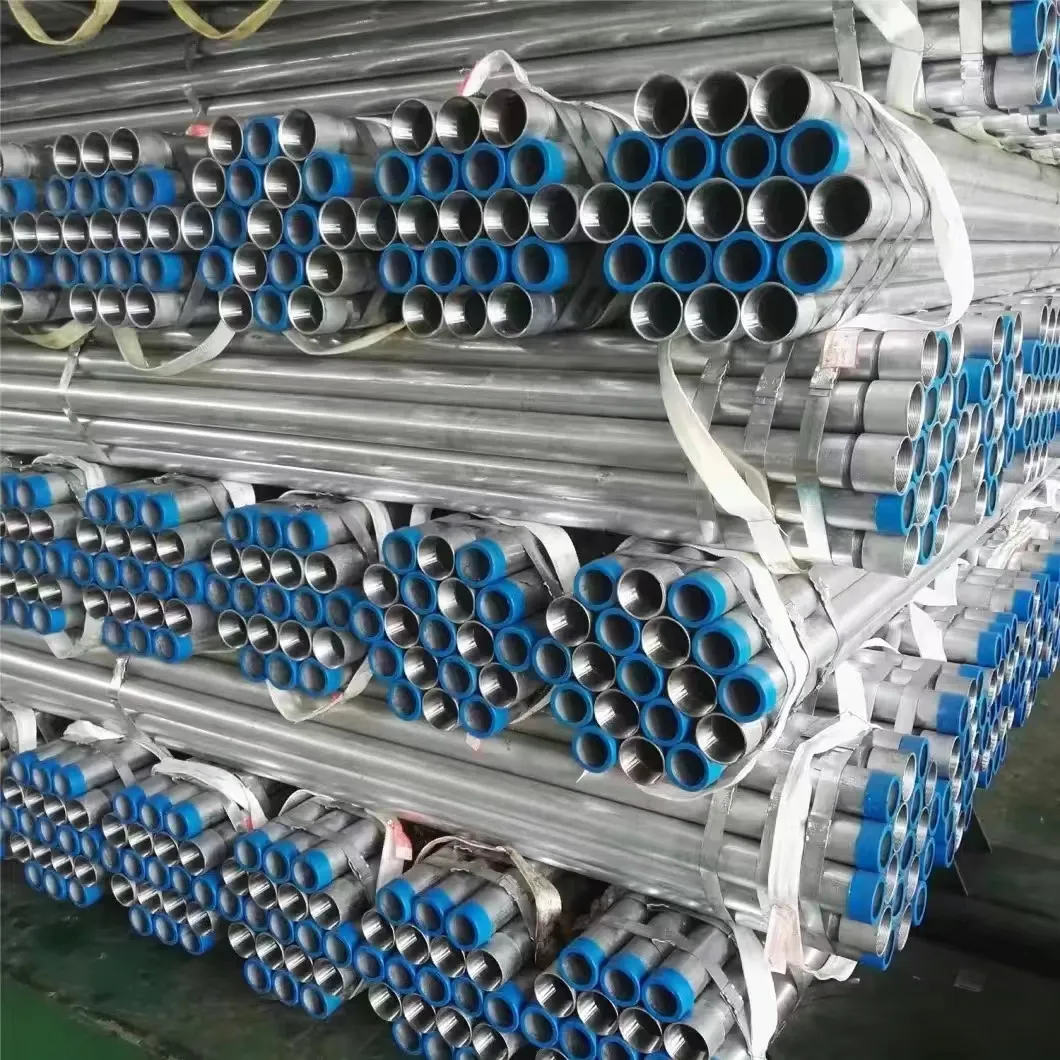Current location:
pipe supplier
Date:2025-08-18 00:53:01 Read(143)

Understanding Different Flange Types A Comprehensive Guide Flanges play a critical role in various industrial applications, providing a means to connect pipes, valves, pumps, and other equipment. Their design and functionality can significantly influence the performance and safety of a piping system. This article explores the different types of flanges, their applications, and key considerations when selecting the appropriate flange for your needs. What is a Flange? A flange is a mechanical component that is used to join two or more parts together, allowing for easy disassembly and maintenance. Typically made from materials such as steel, stainless steel, or plastic, flanges provide a stable connection point within a piping system. They can be welded, bolted, or threaded according to the requirements of the application. Common Types of Flanges 1. Weld Neck Flange This type features a long neck that gradually tapers to the flange. It is often used in high-pressure applications due to its ability to handle stress concentrations and is typically welded to the pipe for a secure connection. 2. Slip-On Flange Designed to slip over the pipe, this flange offers ease of installation and is commonly used in low-pressure applications. A slip-on flange is welded both on the outside and the inside to ensure tight seals. 3. Blind Flange As the name suggests, a blind flange is used to seal the end of a piping system or pressure vessel. It does not have any openings, making it ideal for testing and isolating existing piping systems. 4. Socket Weld Flange This type is designed for smaller diameter pipes and features a socket where the pipe is placed before welding. Socket weld flanges are appreciated for their strength and are commonly used in high-pressure systems. 5. Lap Joint Flange Used in conjunction with a stub end, this flange allows for easy alignment and disassembly. It is particularly advantageous in systems that require frequent maintenance. 6. Threaded Flange These flanges have internal threads, allowing them to be screwed onto a pipe. They are ideal for smaller diameter pipes and applications where welding is not feasible. 7. Orifice Flange Used in flow measurement systems, orifice flanges facilitate the installation of flow meters. They are specially designed to accommodate the orifice plate required for flow measurement. different flange types Materials Used in Flanges Flanges can be made from various materials, each suited to specific applications and environments. Common materials include - Carbon Steel Used in general applications, carbon steel flanges provide strength and durability, making them a popular choice. - Stainless Steel Ideal for corrosive environments, stainless steel flanges offer excellent resistance to oxidation and are widely used in the food, pharmaceutical, and chemical industries. - Plastic (PVC, CPVC) Plastic flanges are lightweight, resistant to corrosion, and are often used in water systems where chemical resistance is required. Key Considerations for Flange Selection When selecting a flange for your application, consider the following factors 1. Pressure Rating Ensure that the flange can withstand the pressure of the system. Flanges are rated according to standards such as ANSI, ASME, or API. 2. Temperature Consider the operating temperature of the system, as different materials respond differently to heat. 3. Corrosion Resistance For applications in acidic or saline environments, choose flanges made from corrosion-resistant materials. 4. Size and Compatibility Ensure that the flange is compatible with the pipe size and type. Proper alignment and size matching are vital for system integrity. 5. Assembly Method Determine whether you will weld, bolt, or thread the flange. This will dictate the type of flange you choose. Conclusion Flanges are essential components in modern piping systems, offering flexibility and reliability. With various types available, understanding their attributes and applications is crucial for ensuring system performance. By considering factors such as pressure, temperature, and material compatibility, you can select the right flange for your specific needs, ensuring the integrity and safety of your piping system. Whether you are involved in construction, manufacturing, or maintenance, knowledge of these different flange types will enhance your ability to make informed decisions in your projects.
Share:
Previous: Bedrifter for bøying av stålrør i Norge
Next: DIN 2527 Blind Flanges_ Customization, Pressure Grades, and Material Options
Kind tips:The above content and pictures are compiled from the Internet and are for reference only. I hope they will be helpful to you! If there is any infringement, please contact us to delete it!
You may also like
- DIN 2527 Flange Specifications and Applications for Industrial Use
- Butt Weld Fittings_ Mastering Selection
- Exploring the Design and Applications of Flanges in Modern Engineering Systems
- Exploring the Applications and Benefits of 90-Degree Elbow Fittings in Pipe Systems
- Designing and Using Concentric Reducer Flanges in Piping Systems for Optimal Flow
- Dimensions of seamless stainless steel pipe for a perfect fit in various applications
- Flange Reducer Options for Efficient Piping System Design and Installation
- Butt Weld Fittings
- Development of Methodologies for Environmental Impact Assessment in Urban Planning